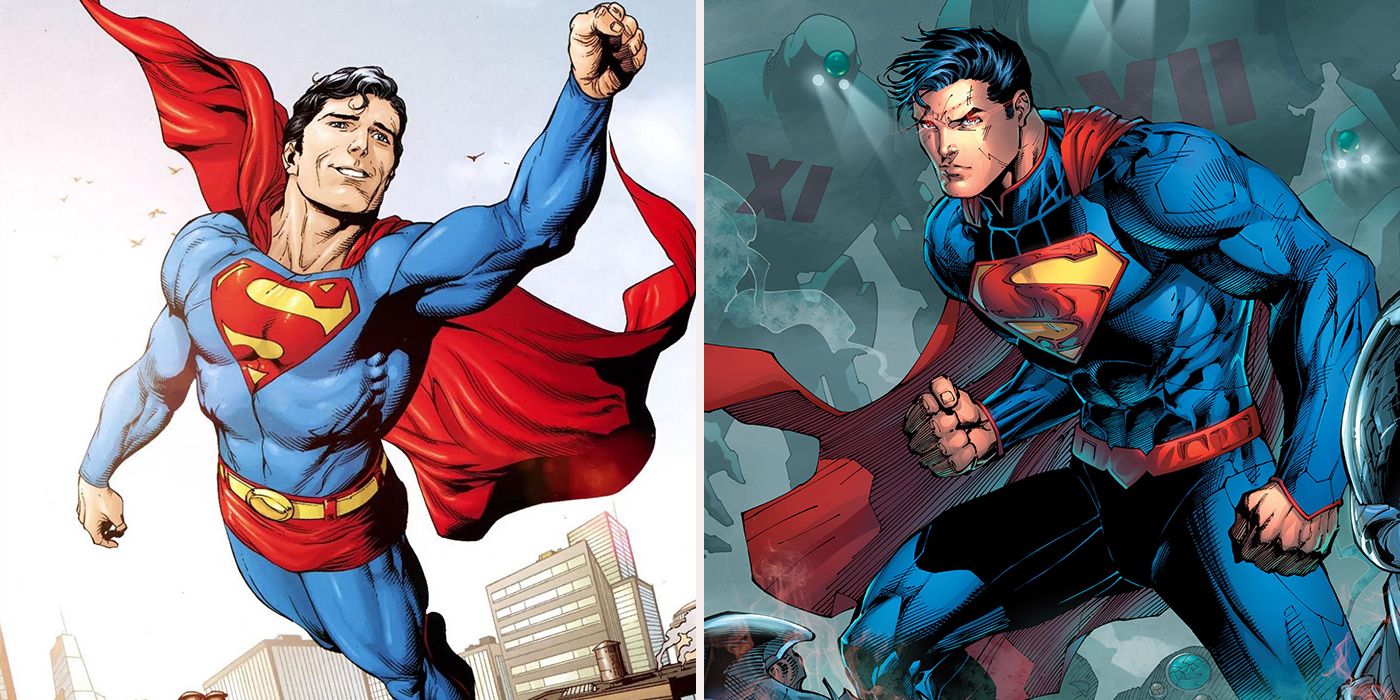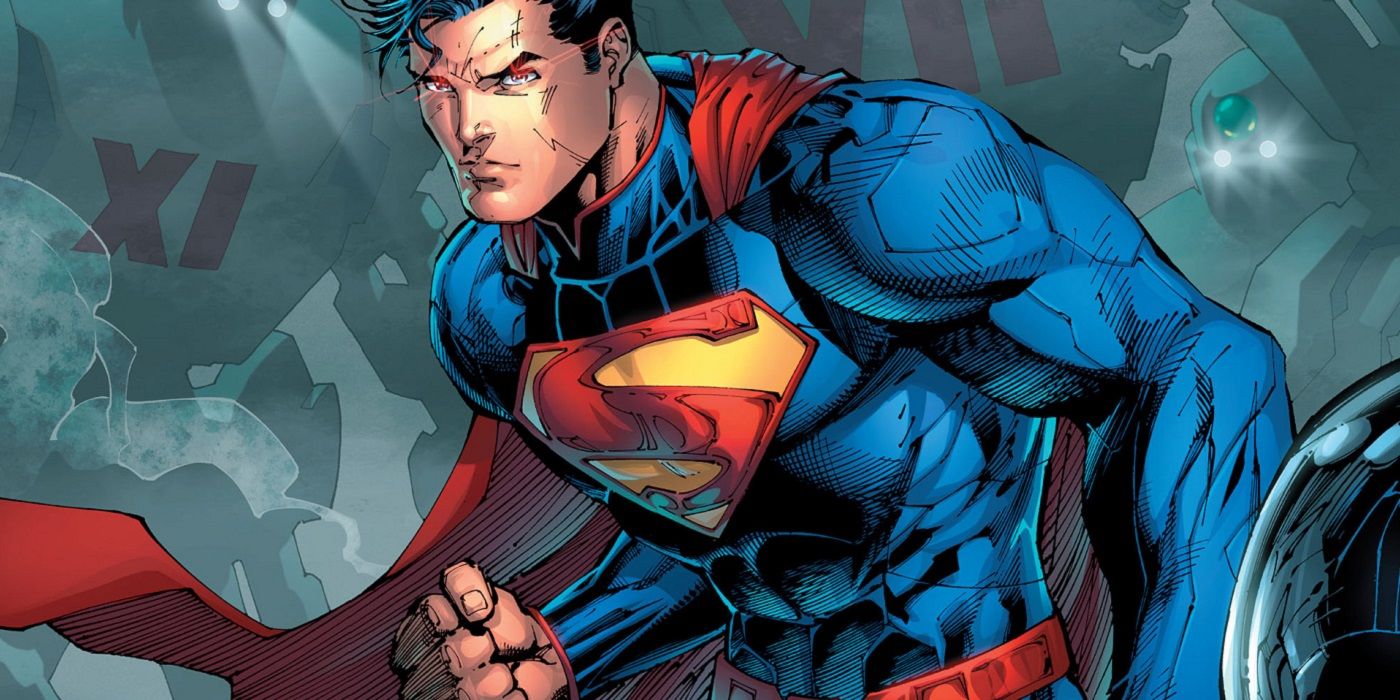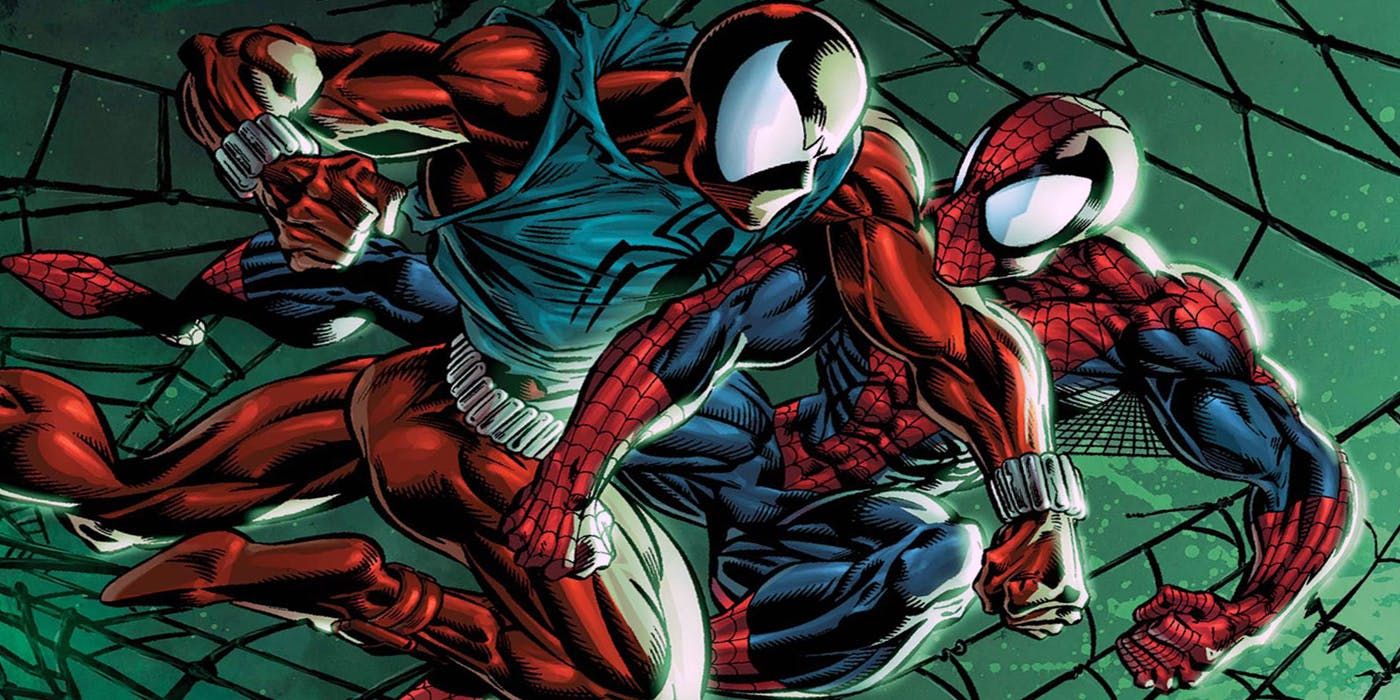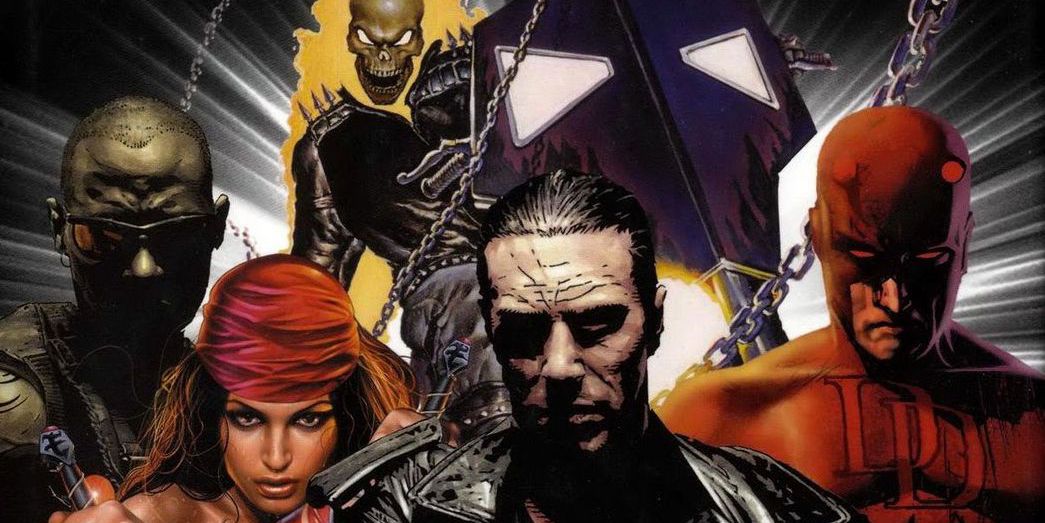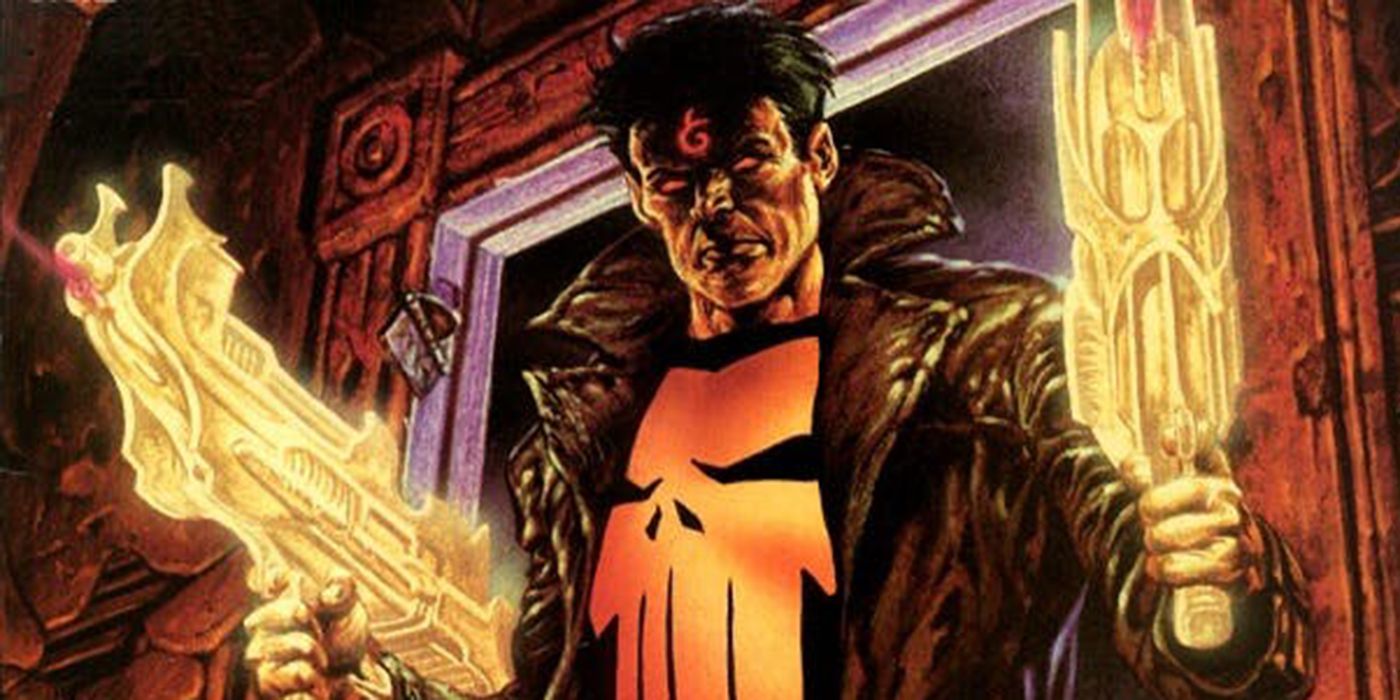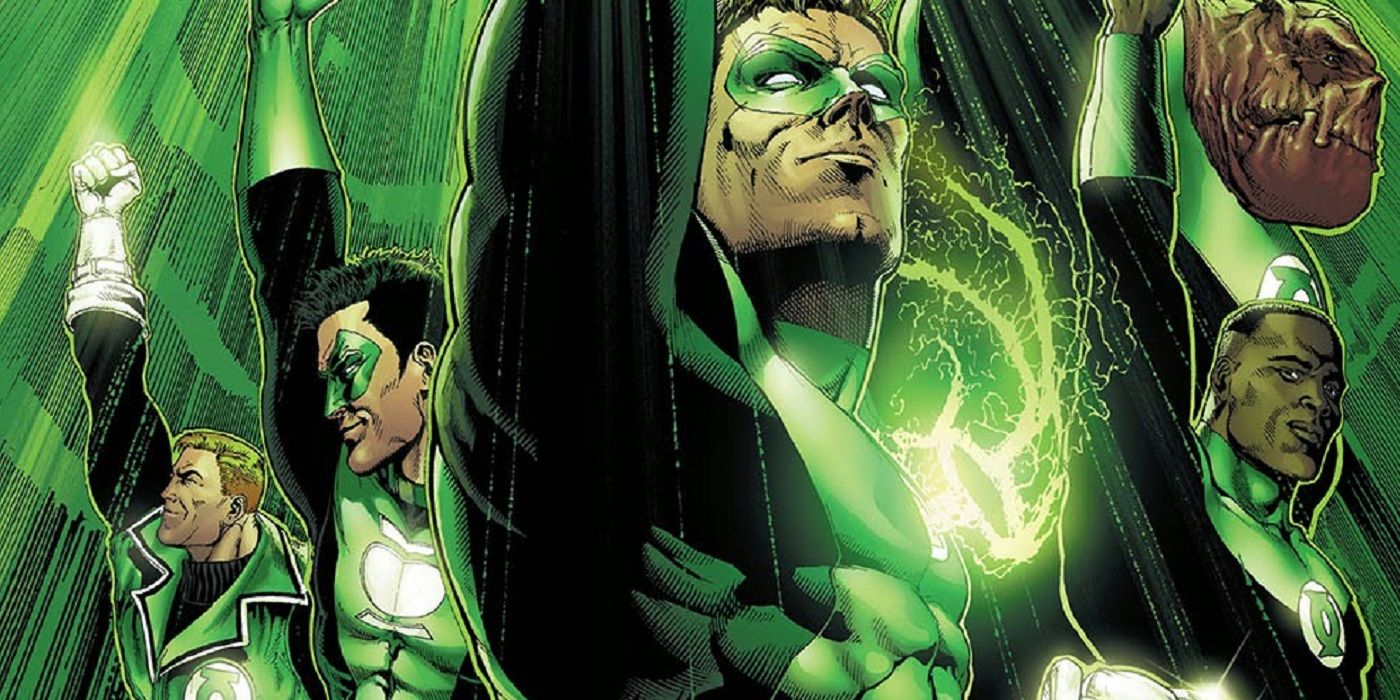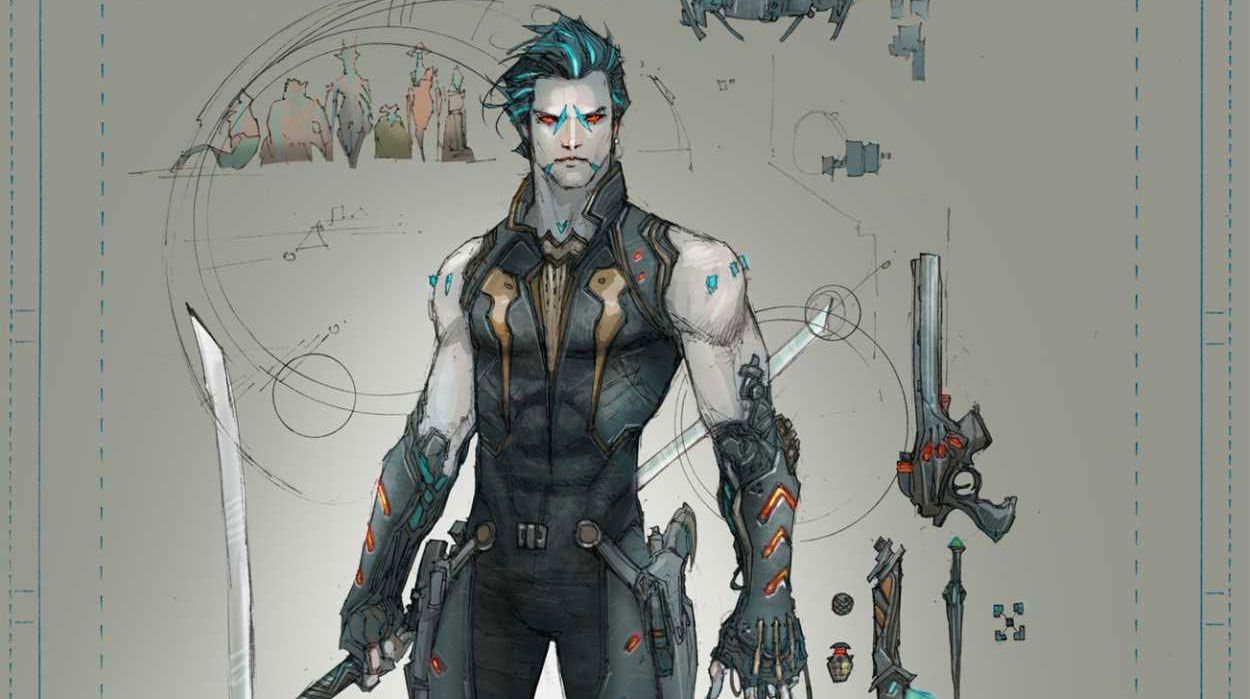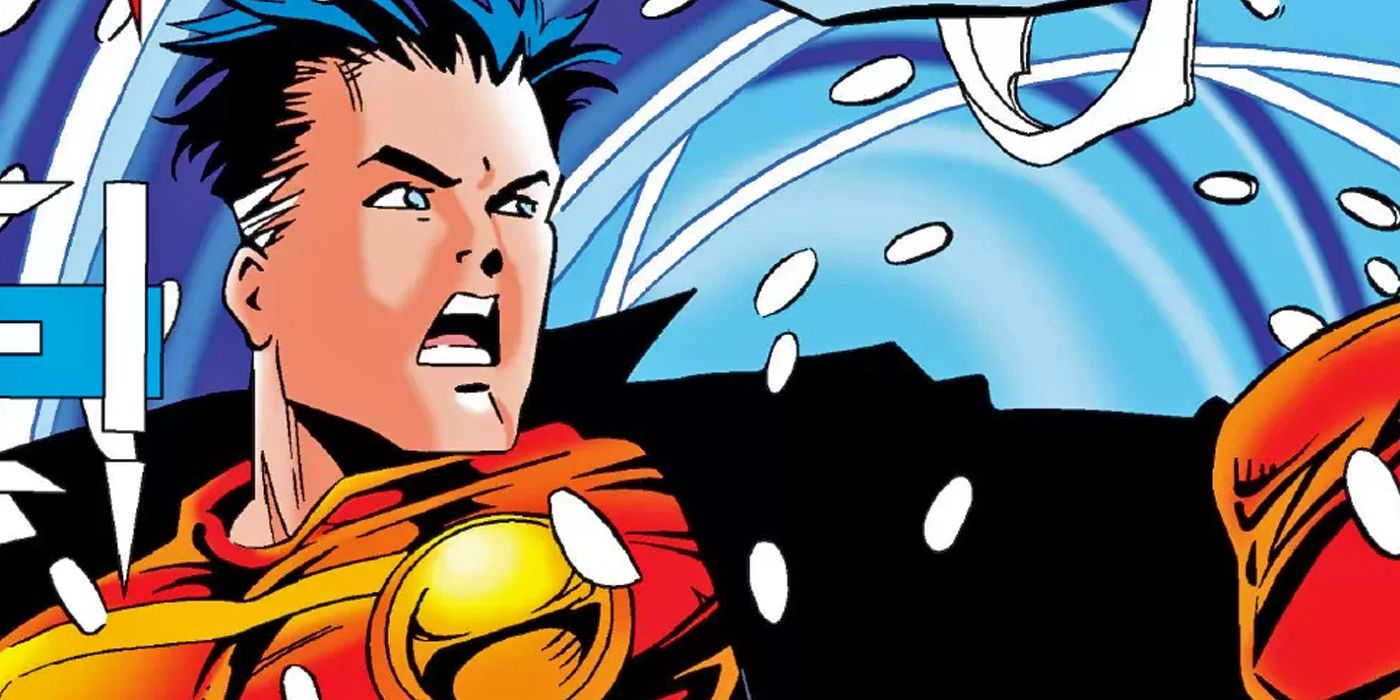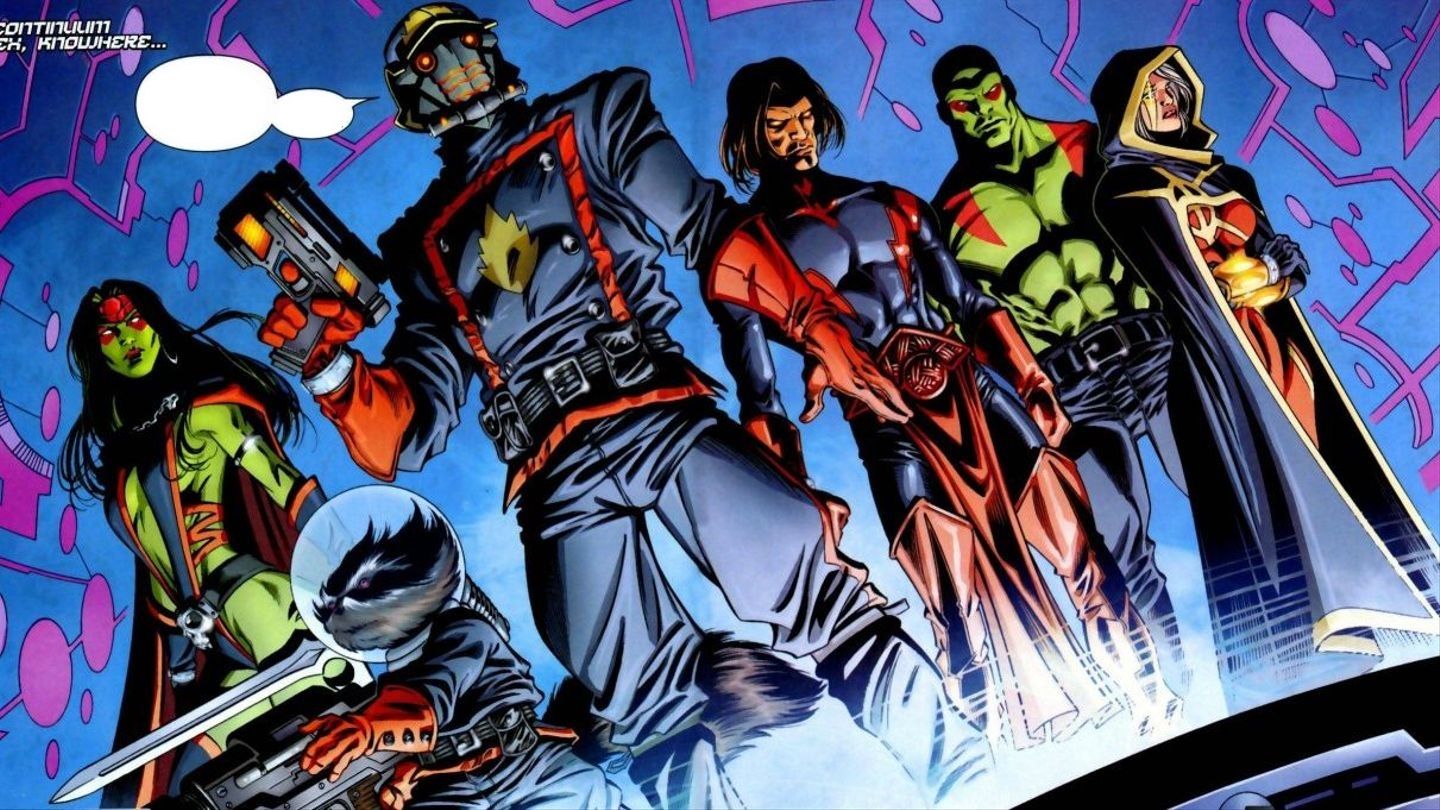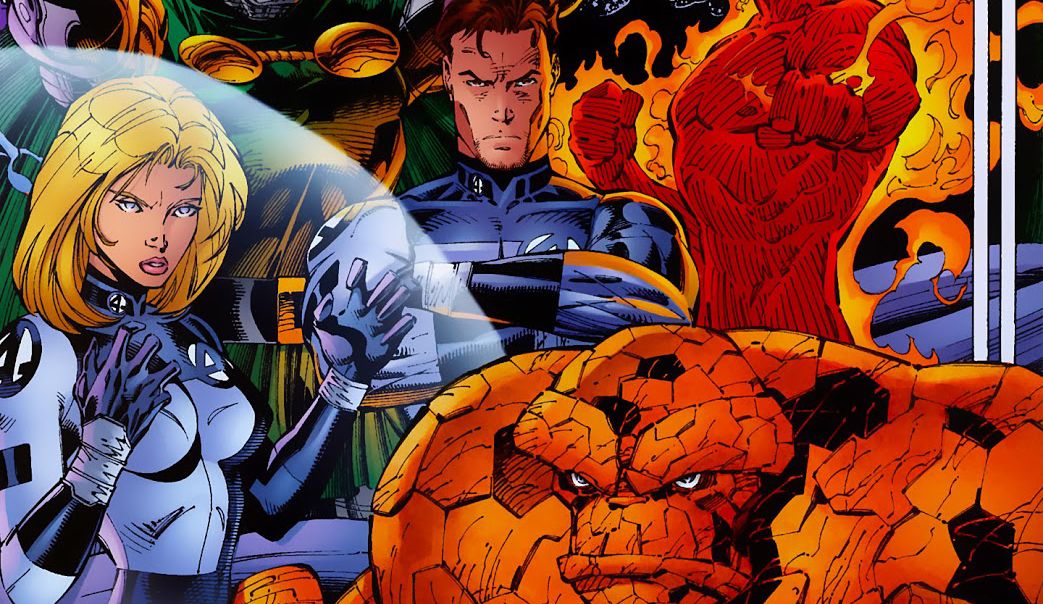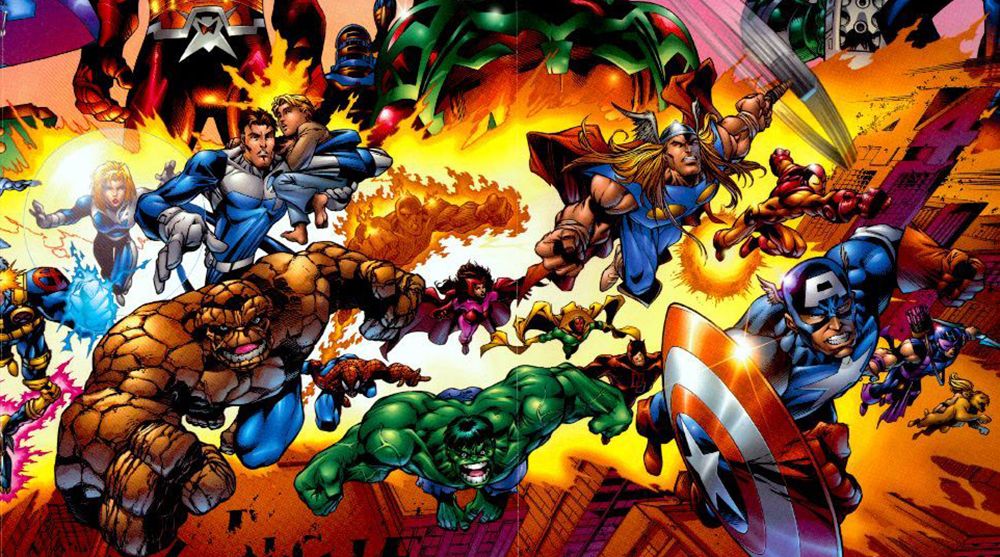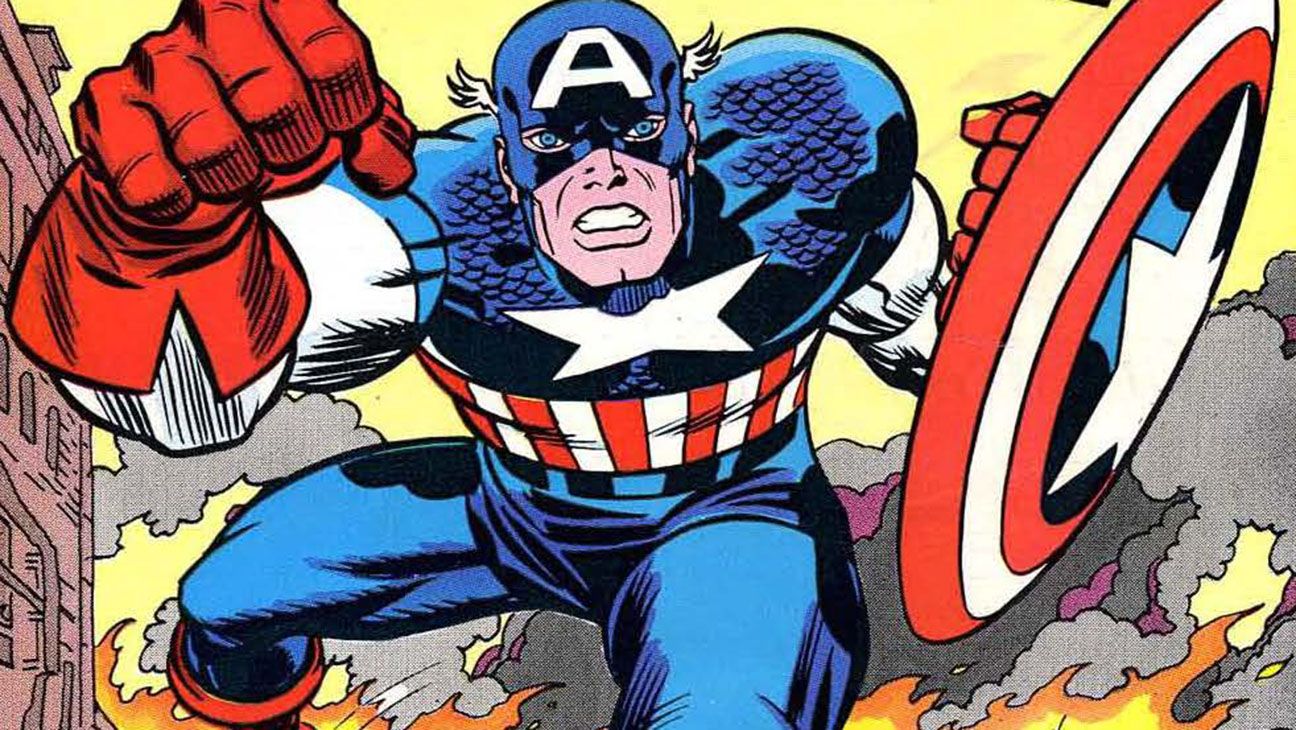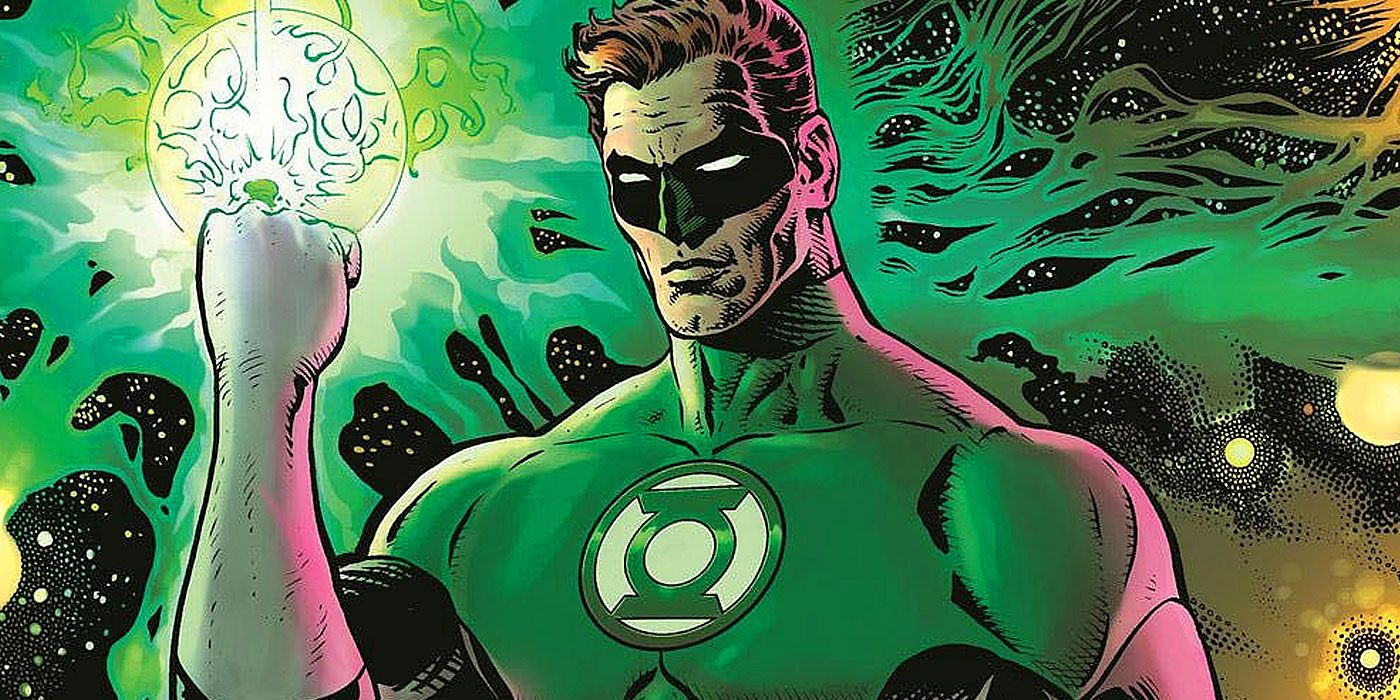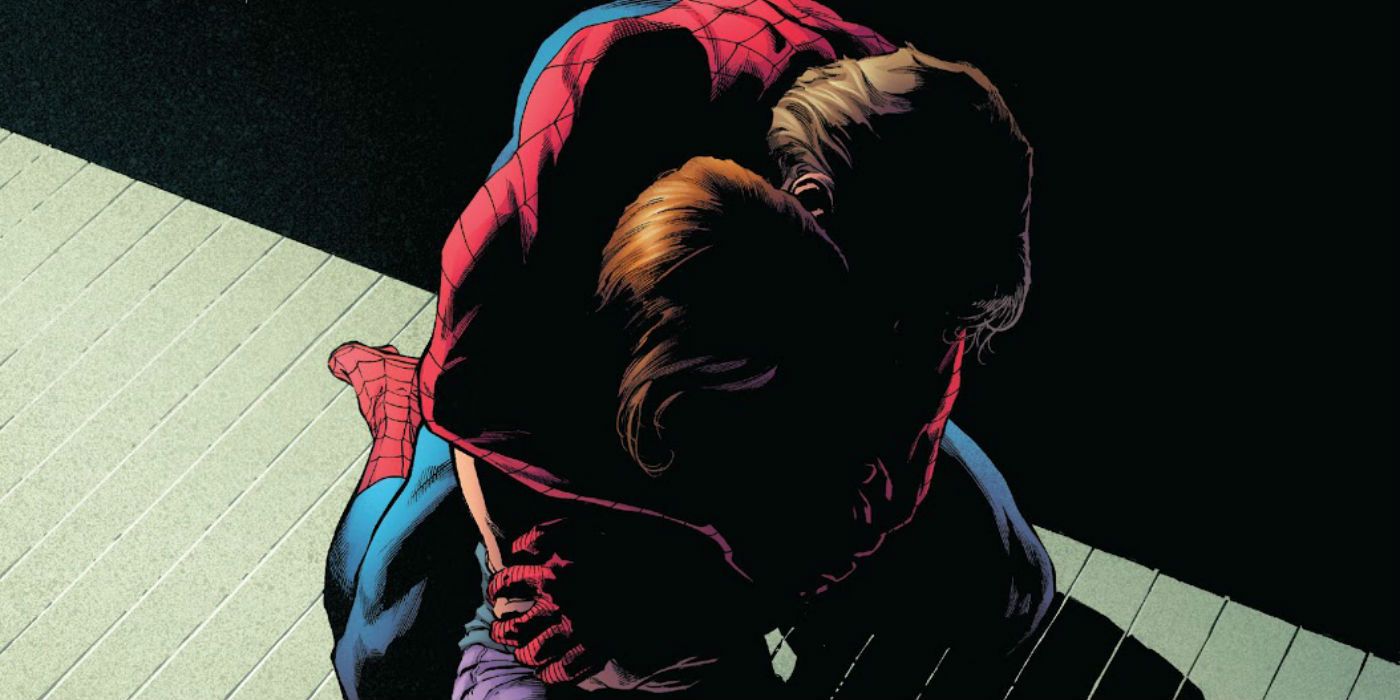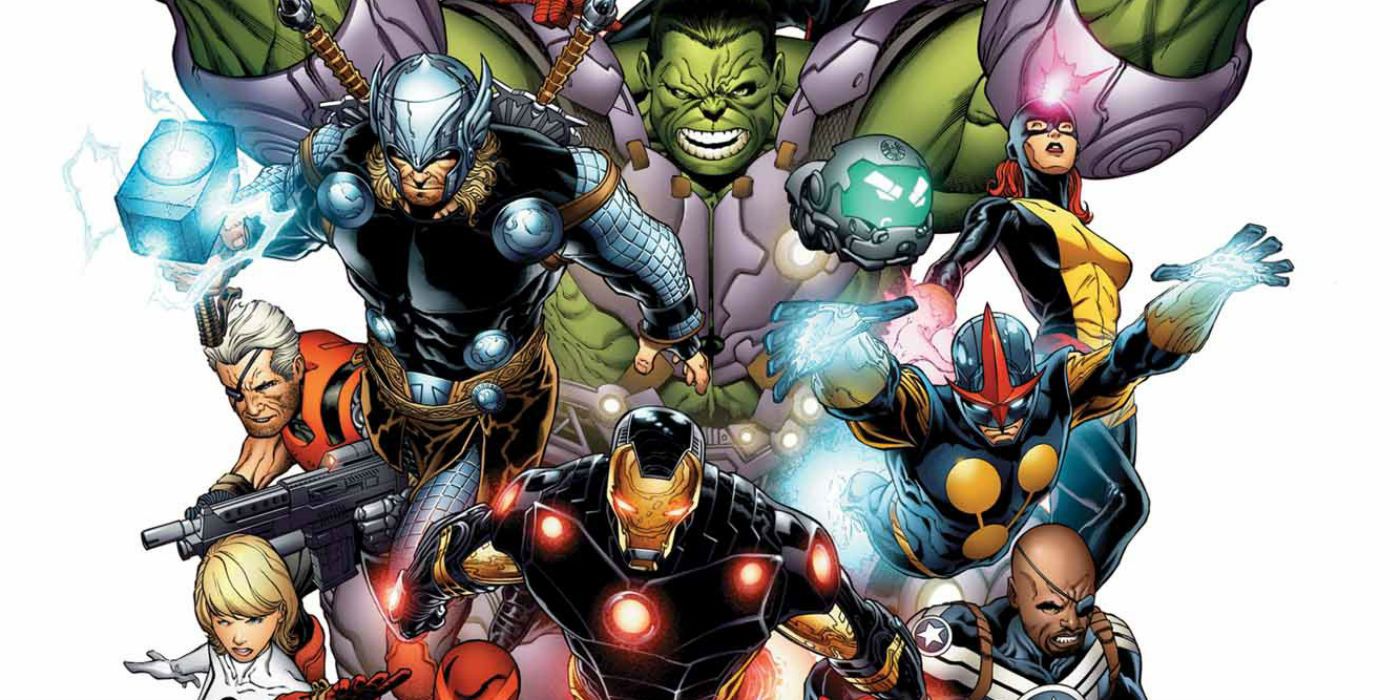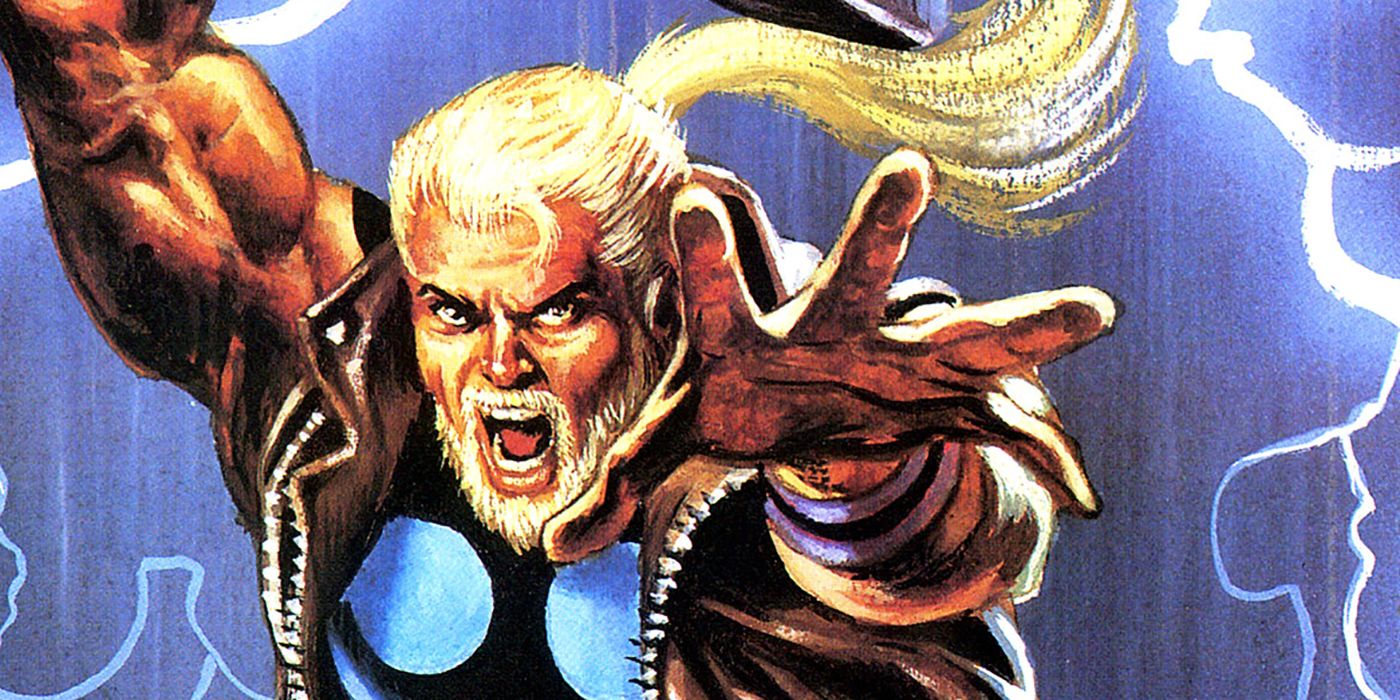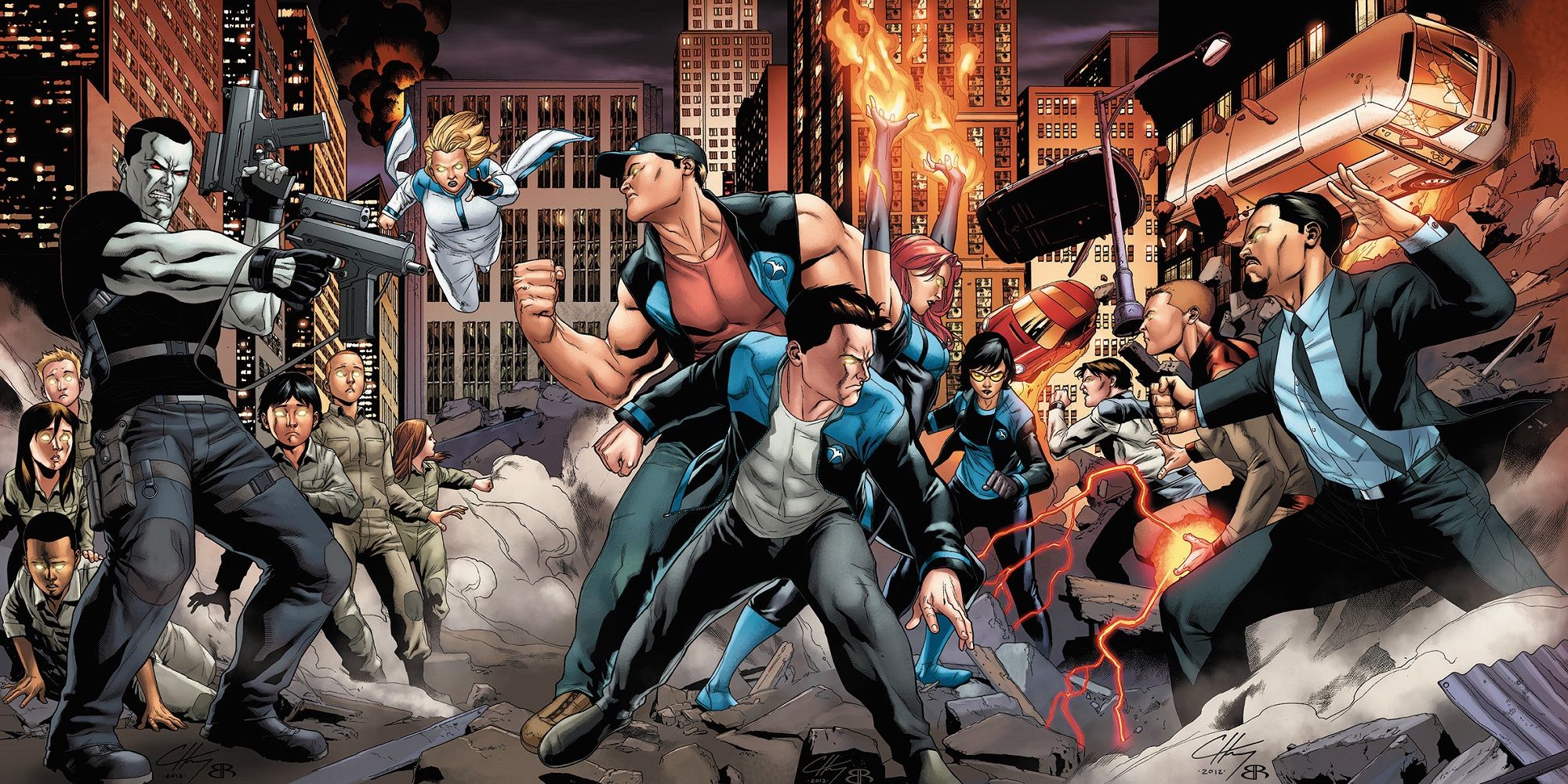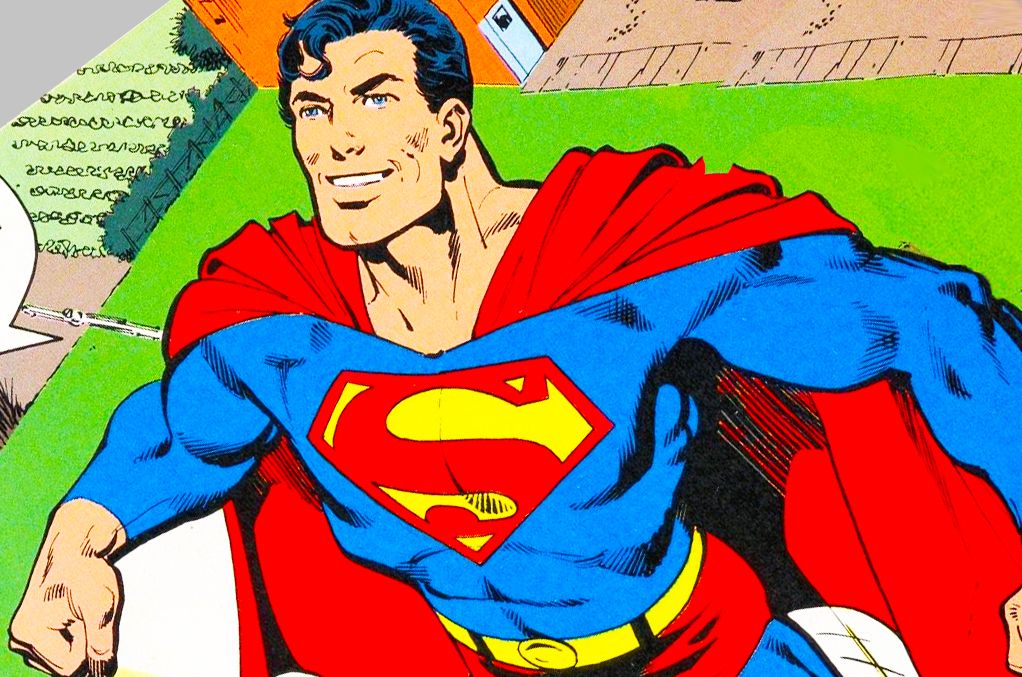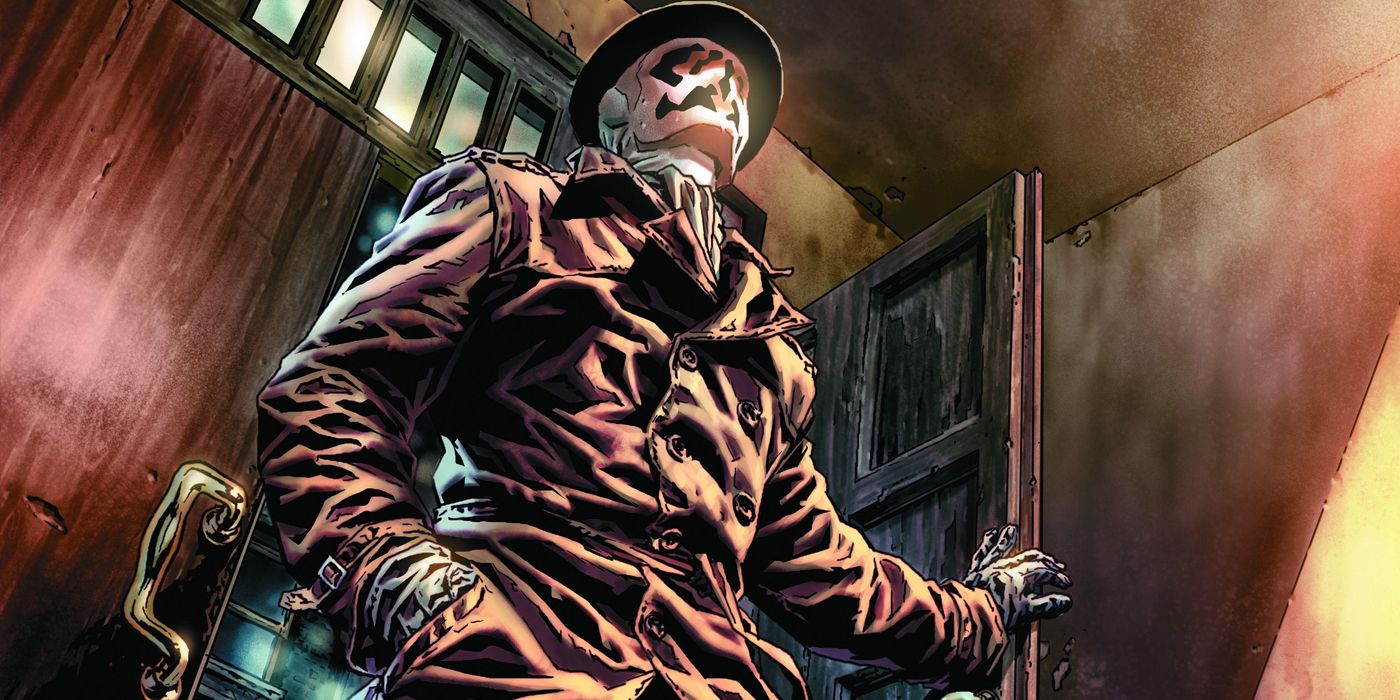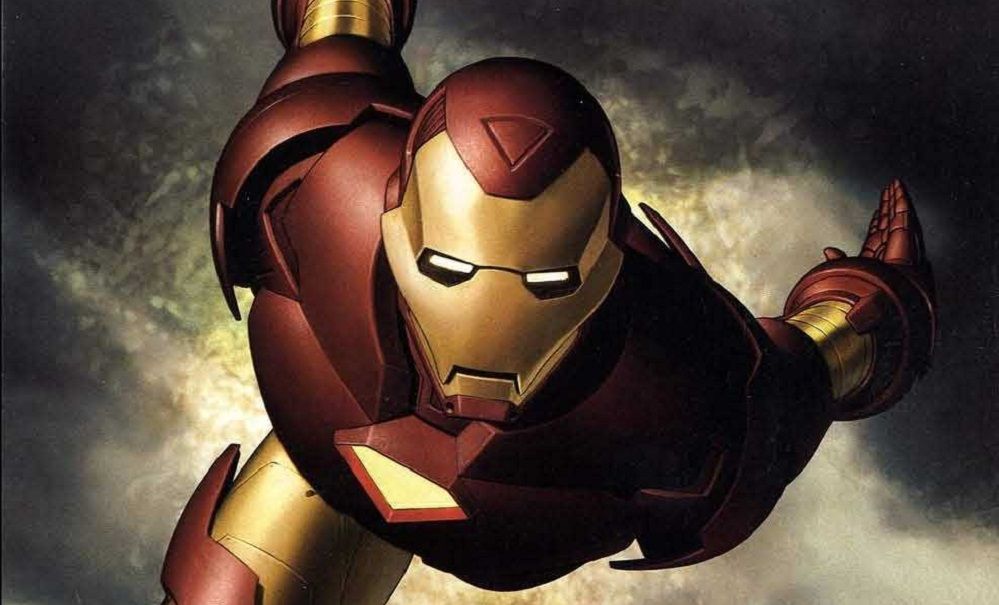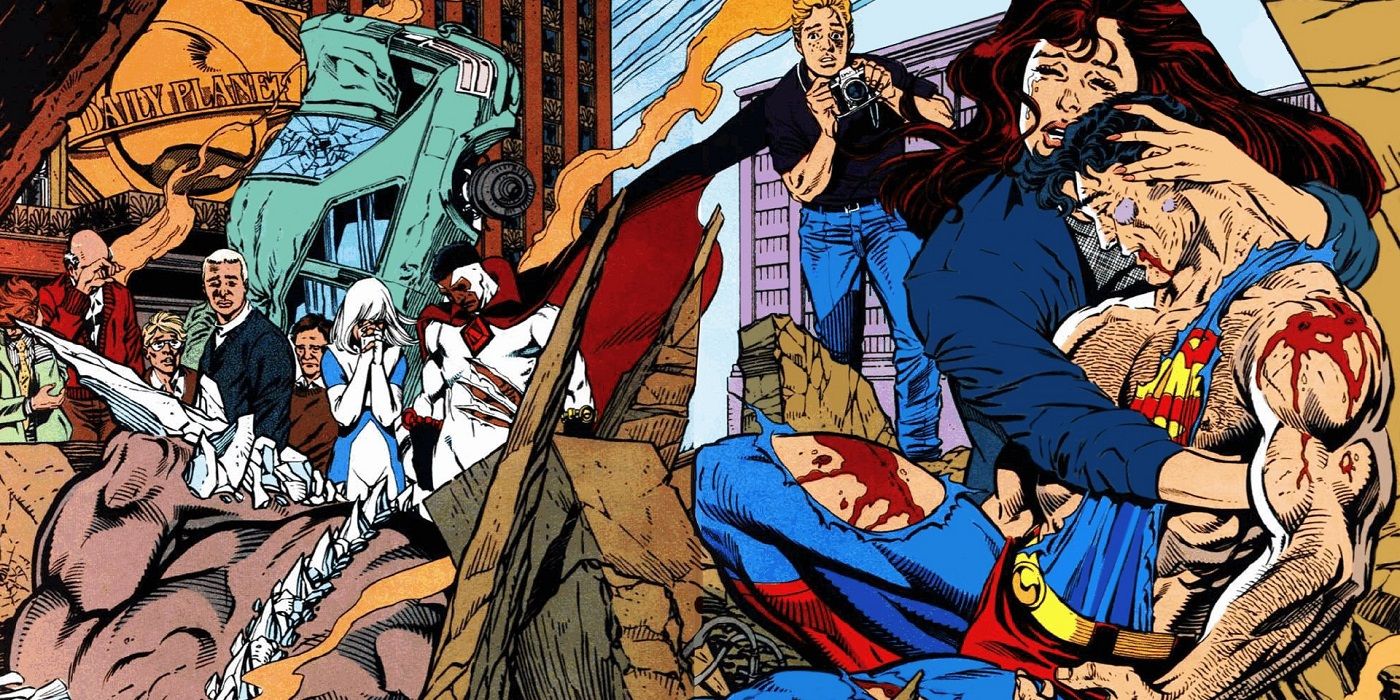Comics have been the center of a major industry for decades, and they continue to prove themselves popular well into the digital world. Over the years, countless writers and artists have put their talent to work creating characters, stories and whole universes we have all come to know and love. Unfortunately, not every story hits the mark and there have been more than a few that brought a franchise to its knees. Granted, just about every one of the examples we have included here only caused a temporary glitch in what has been a decades-long success story, but that doesn't mean they didn't have an impact on sales and fan appreciation. Fortunately, fans tend to return to titles that don't work when the creators fix them back into their original premise.
On occasion, a revamp or reboot will inject new life into a title that remained out of print for a while or had waning sales. When this happens, a single issue or run can save a series. Often, this takes the form of a relaunch and it can not only bring a series new life, it can reinvigorate an entire publishing library. Over the years, this has happened several times and there are many noteworthy examples. We dug through decades of comic book history and came up with 10 examples of books, events or miniseries that tanked and 10 that saved a series. There may be a few books we missed, so sound off in the comments and let us know your favorite reboots & retcons that saved superhero franchises (and 10 that tanked them).
20 SAVED: DC NEW 52
DC is no stranger to reboots, and one of its most recent turned out to be incredibly successful. DC launched the New 52 reboot in 2011 in an effort to completely revamp just about every one of its titles. As the number indicates, DC rebooted 52 books, slapped a #1 on the cover and recreated everyone in the DC universe... again.
DC changed its universe's continuity and altered its characters. Most of the books did well and the reboot helped DC elevate interest in its books, which helped with sales. New 52 continued until the end of the "convergence" storyline, which again rebooted the DC Universe in 2015. The New 52 continuity continued, though the title was pulled from the books in June of 2015.
19 TANKED: SPIDER-MAN: THE CLONE SAGA
The "Clone Saga" was one of the most notorious crossover event in Marvel's history. The event covered five Spider-Man titles and went on for way too long. It required a reader to purchase all of the books to have any clue what was happening and when they did, they ended up confused and angry. The final resolution ended up infuriating fans to the point Marvel had to undo the whole thing.
At the end of everything, it was revealed the Peter Parker we all knew and loved was nothing but a clone and the real Spider-Man was Ben Reilly the whole time. Reilly took over the five books and readers were supposed to simply accept the fact they had been reading about an imposter for decades. Fortunately, Marvel corrected this mistake, but it was a nonsensical mess lasting two years.
18 SAVED: LAUNCH OF MARVEL KNIGHTS
Sometimes, a successful series like Daredevil gets a boost from a revamp and that's exactly what came from Joe Quesada's take on the character with the creation of Marvel Knights. MK was an imprint of Marvel featuring some of its darker and grittier "street level" superheroes. Alongside Matt Murdock's Daredevil, the imprint featured new takes on Black Panther, The Punisher and The Inhumans.
Daredevil wasn't a poorly received title before MK came along, but the new imprint revitalized interest in the series. The storylines became darker and far more interesting than some of the previous work. Many elements of the new series were later adapted into the successful Netflix series suggesting MK's influence was far more impressive than anyone could have imagined at the time.
17 TANKED: PUNISHER: AVENGING ANGEL
When Marvel launched Marvel Knights, not all of the characters ported over to the new format were changed in ways fans liked. Case in point, Marvel turned Frank Castle, aka The Punisher, into an "avenging angel" and the concept failed in every way imaginable. The Punisher was always a grounded anti-hero who didn't have powers, didn't need powers and didn't want powers. Why not make him a supernatural angel then?
Castle wastes himself (off-panel) and meets up with his guardian angel. He is resurrected and given new powers allowing him to punish in the name of good with the hope of reuniting with his family in Heaven one day. Fans of the character hated the concept and the title had to be relaunched the following year. The time Castle was an avenging angel was never referenced in the books again.
16 SAVED: GREEN LANTERN: REBIRTH
Back in the early '90s, DC made the decision to get rid of Hal Jordan in the most epic way possible. Jordan became enraged, attacked and destroyed the Green Lantern Corps (wasting many of its members) and assuming the new identity of Parallax. The plan was to make way for a new Green Lantern, Kyle Rayner, and it wasn't a bad miniseries. After some time, DC rebooted the series once more with the plan to bring back Jordan. The result was Green Lantern: Rebirth, a six-issue miniseries.
Rebirth effectively relaunched the Green Lantern series by bringing Jordan back into the fold. Many elements of the Silver Age were brought back into the universe and the concept of overcoming fear to remove the "yellow impurity" allowed experienced members of the Corps to overcome their fear and become even more powerful.
15 TANKED: NEW 52 LOBO
While the New 52 helped to revitalize DC's sales, not all of the titles worked as the company might have hoped. Revamping heroes and villains who have been around for years can anger fans, which led to a few titles tanking. One of the changed characters fans turned away from was Lobo. Changing him was risky and it didn't work.
Lobo wasn't the only book to tank in the new DC reboot. Other titles that performed poorly included the new Teen Titans, Red Hood & The Outlaws, Hawk & Dove and Suicide Squad. Many of these books failed due to the changes made to the characters within and fans simply weren't interested. While some aspects of the New 52 failed, overall, the sales and interest in the series proved successful for DC.
14 TANKED: TEENAGE IRON MAN
Every now and again, someone gets hit on the head by the "good idea fairy" and reimagines someone like Iron Man as a kid. Unfortunately, that's exactly what happened during the "Crossing" event that revealed the Tony Stark we all knew and loved was an evil minion of Kang. The Avengers figured the best way to deal with an evil Tony was to snag a Tony who had yet to be corrupted.
They plucked a teenage Tony from the timeline and got him to fight his older self. The old tony was defeated, but the young version was injured in much the same way he would have been in his future. This required a chest protector and a new Iron Man entered the Marvel Universe. It didn't last long and after some alternate reality finagling, we got our old Tony back.
13 SAVED: GUARDIANS OF THE GALAXY (2008)
Not many fans outside of the core readership from the '70s and '80s had even heard of the Guardians of the Galaxy before Marvel released the film in 2014. Those who were aware of the original team might have been a bit confused by the roster who showed up on screen. Back in 2008, Marvel brought the cosmic team back into print with an all new look and feel... as well as a completely new roster of heroes.
Marvels' Guardians of the Galaxy released in 2008 introduced the world to Star-Lord, Rocket Raccoon, Quasar, Adam Warlock, Gamora, Drax the Destroyer and Groot. While these characters weren't new, they had been around for a while, but gained new popularity. The success of the films proves this reboot saved the series considering Marvel continues to pump out books.
12 TANKED: HEROES REBORN
"Heroes Reborn" was a nearly year-long crossover even that saw the recreation/updating of almost all of Marvel Comics' biggest superheroes. The event took place after the events of "Onslaught," wherein the Avengers, Fantastic Four and Doctor Doom were all presumed deceased. It turned out, they were transported into a pocket universe by the near-omnipotent Franklin Richards. The people trapped in the "Franklin-verse," were completely oblivious to their situation.
The plan for "Heroes Reborn" was to update Marvel's lineup of heroes by bringing them into the modern age. Instead of fighting in World War II, characters like Ben Grimm, aka the Thing, were effectively moved through time to fight in the Gulf War. It made some sense, but the changes were widespread and hardcore fans didn't appreciate all of their favorite heroes getting changed to suit a younger audience.
11 SAVED: HEROES RETURN
Following the events of the poorly received "Heroes Reborn" crossover event, Marvel brought most of its heroes back to Earth-616 via the aptly-titled "Heroes Return" crossover. When the Celestials got wind of Franklin Richards' pocket universe housing the Earth-616 heroes saved from "Heroes Reborn," they demanded he destroy one of the two universes. Instead of outright complying, he moved the denizens of 616 back into their home universe, effectively "returning" them to reality.
The relaunch saw the cancellation and relaunch of a number of titles including Fantastic Four, Avengers, Iron Man, Captain America and Journey Into Mystery, which was replaced by Thor. "Heroes Return" was the fix Marvel needed to repair the travesty that was "Heroes Reborn," and it worked well enough for the publisher. Most fans liked the new changes resulting from the event.
10 TANKED: CAPTAIN AMERICA FOUGHT THE REDS
Captain America stormed into comic book history by punching Adolph Hitler in the face. Following up his time fighting in WWII proved difficult for Marvel and it's no wonder why. After the war, there weren't any titanic enemies to fight, but as tensions between the Soviets and the U.S. began to grow in the 1950s, it looked as if Steve Rogers might have a new enemy to fight: the Reds!
Marvel (called Timely Comics at the time) relaunched Captain America in 1953 so he could take on the Reds, but the lines between Commies and America weren't as starkly drawn as WWII. The Communists provided more of an existential threat to the United States than a real, physical threat one like the U.S. had faced previously. The reboot never took off and Timely put the Captain on ice until the '60s.
9 SAVED: GREEN LANTERN (V2, 1960)
When DC decided to relaunch the Green Lantern with a new book, it created a new world for many of its characters. Before the 1960s, Green Lantern was Alan Scott and his powers were based on magic. Everything changed with Green Lantern #1 thanks to the introduction of the Green Lantern Corps, OA and Hal Jordan. The whole mythos behind the character changed and it would have a lasting impact on both the character and the DC Universe as well.
The reboot came at a time when DC was rebooting a number of its Golden Age characters. Unlike the Flash, Green Lantern rebooted with a #1 and helped to bring about the creation of the Silver Age of Comics. In many ways, this book was a game-changer, not only for DC, but for the comic book industry as a whole.
8 TANKED: SPIDER-MAN: ONE MORE DAY
When Marvel launched the "Civil War" crossover event, Peter Parker threw in with Tony Stark. To support the Superhero Registration Act, he decided to put it all on the table and unmask on television in front of the world. It was a huge deal; Peter Parker was revealed as Spider-Man! Following "Civil War," Aunt May was nearly taken out by a sniper and to save her life, Peter made a deal with Mephisto, but it cost him dearly.
To save Aunt May, he had to give up his relationship with Mary Jane Watson. Doing this effectively erased their entire history together and decades of comics were wiped out in an instant. The deal also erased the world's knowledge of his secret identity. Overall, fans hated the retcon and "One More Day" received a lot of negative attention from the readers.
7 SAVED: MARVEL NOW
Marvel's decision to retool its main books worked when the publisher launched Marvel NOW! in 2012. The reboot focused on a retooling of the majority of Marvel's biggest books. The initiate kicked off with the Uncanny Avengers, which combined several members of the X-Men alongside the Avengers. Another new series, the All-New X-Men featured the writing talents of Brian Michael Bendis, and the series did incredibly well.
The biggest change featured in the Marvel NOW! series of books involved the death of Peter Parker. Not only did Parker get taken out, he was replaced by his longtime nemesis, Doc Ock! That series relaunched as Superior Spider-Man, which also sold like crazy. Of course, everything reverted to normal, but not for a couple of years.
6 TANKED: "THUNDERSTRIKE" THOR
Sometimes, changing a beloved character works well for a publisher, while other times... not so much. The changes made to Thor that saw him rebranded as Thunderstrike is the latter. The change came following the mortal wounding of Eric Masterson. Odin granted him the power of Thor to keep him going and then gave him a mace called Thunderstrike so he could continue operating as Thor. Soon after, he became a separate character bearing the name of his weapon.
Thunderstrike failed to pull in much of an audience. The character was essentially Thor with a beard, a ponytail and a killer jacket instead of a cape. He didn't bring anything new to the character, his storylines were relatively dull and he was ultimately abandoned for the more fashionable Thor we all know and love to this day.
5 SAVED: VALIANT (2012)
Valiant was an up-and-coming comic book publisher throughout most of the 1990s, but lagging sales and the loss of Jim Shooter as its Editor-in-Chief led to its eventual downfall. The company was picked up by Acclaim and the books lost most of their creative control, which ultimately spelled doom for the company. Characters including Turok, Solar: Man of the Atom, Bloodshot and X-O Manowar fell to the wayside of comic book publishing.
Fast forward to 2012 and Acclaim launched its "Summer of Valiant," which was the reintroduction/rebooting of the majority of Valiant's titles. X-O Manowar, Harbinger, Bloodshot and Archer & Armstrong all relaunched with tremendous sales and the company continues to create amazing content reminiscent of its golden age.
4 SAVED: MAN OF STEEL
John Byrne did a lot of things when he got to work on the 1986 series, The Man of Steel. He not only reimagined Superman's origin story, he effectively relaunched DC Comics following the Crisis on Infinite Earths. The Post-Crisis time period began with the publication of this series and considering the major changes made to the DC Universe, this book marks an important milestone in the publisher's history.
Superman's origin had been in place for decades before this book hit the shelves. Byrne was stepping on something sacred, but he did it with a clear reverence for the character. The Man of Steel miniseries quickly went on to become a classic that fans not only appreciate, but collect to this day.
3 TANKED: BEFORE WATCHMEN
Alan Moore's The Watchman is one of the most celebrated graphic novels of all time. While the film wasn't beloved by the author and many fans had their issues with it, the movie did fairly well. Because of this, DC decided to bank on the success of one of its best graphic novels by expanding it into a prequel series titled Before Watchmen. The only problem: DC didn't have Alan Moore on hand to support it in any way.
Moore famously hates any adaptation of his work (including the film) and called the project "completely shameless." The books didn't perform well in sales as there was little interest in looking back into the lives of the characters. DC published eight limited series and a one-shot though two were initially planned.
2 SAVED: IRON MAN (V4, 2005)
When Marvel decided to relaunch Iron Man with its fourth volume in 2008, the company made one of the most important decisions in its history. Warren Ellis relaunched the series by updating Tony Stark into the 21st century. Instead of fighting against Communists as he did during the 1960s, he battled terrorists and was given the Extremis virus. The book sold like crazy, but more importantly, it helped launch the MCU.
The most notable result of the reboot was the inspiration it provided for the 2008 film, Iron Man. That movie launched the MCU and increased Marvel's stock as an entertainment company to the point Disney acquired it. Relaunching Iron Man resulted in one of the most important financial decisions Marvel ever made, but it was also a creative milestone fans greatly appreciated.
1 TANKED: DEATH OF SUPERMAN
This book sold like gangbusters, making it the most commercially successful issue of 1992 with more than $6 million in sales. Superman #75 was hailed as a powerful story, which was subsequently adapted into video games, a live-action film and an animated movie released in 2018. The reason it is on the "tanked" side of things has to do with how it impacted the industry.
Many felt this was a publicity stunt, and while it did double DC's market share, it furthered the speculation market to the point that comic books began dropping in sales. A bubble was created wherein people bought multiple copies of issues, hoping their value would increase, and it ultimately popped causing a downward trend in the industry. It took years to recover, which makes Superman #75 a milestone of success, but ultimately failure for comics.

